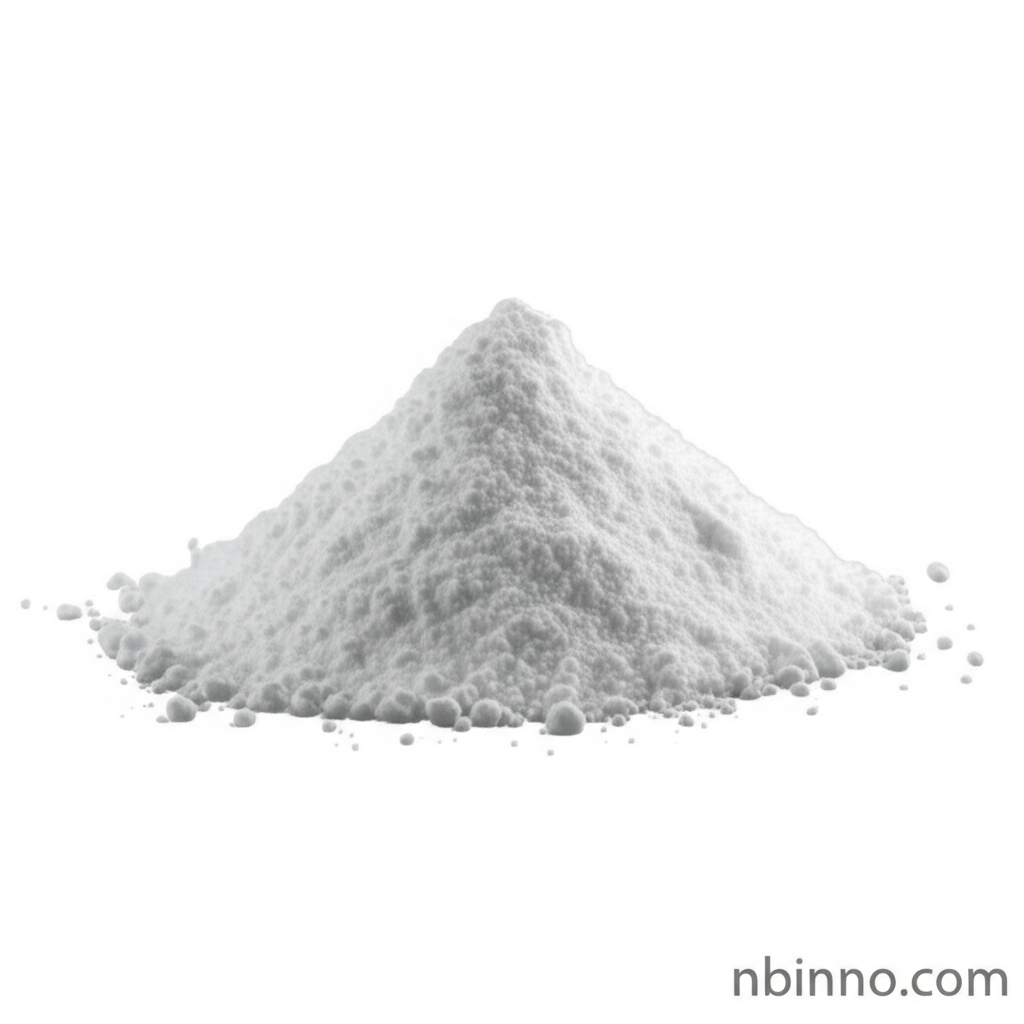Dodecyltrimethylammonium Chloride (DTAC): Properties & Applications
Discover the versatile uses of DTAC, a key cationic surfactant for industrial and agricultural needs.
Get a Quote & SampleProduct Core Value

Dodecyltrimethylammonium Chloride
Dodecyltrimethylammonium Chloride (DTAC), identified by CAS number 112-00-5, is a potent cationic surfactant known for its excellent chemical stability, heat resistance, and resistance to strong acids and alkalis. Its amphiphilic nature makes it highly effective in reducing surface tension and forming stable micelles.
- Explore the diverse uses of DTAC, a key cationic surfactant for industrial and agricultural needs, highlighting its broad applicability.
- Understand the critical role of DTAC fungicide application in protecting crops and materials from fungal infections.
- Delve into the surfactant properties of DTAC and its mechanisms for effective surface modification and cleaning.
- Learn about the benefits of using DTAC as an antistatic agent in synthetic fibers, reducing static electricity and improving material handling.
Key Advantages of DTAC
Exceptional Stability
DTAC exhibits remarkable chemical stability, heat resistance, and resistance to both acidic and alkaline environments, ensuring reliable performance in demanding industrial settings.
Broad-Spectrum Efficacy
As a fungicide and disinfectant, DTAC provides broad-spectrum efficacy, making it invaluable for hygiene and preservation across various applications.
Versatile Functionality
Its utility extends to being an emulsifier, antistatic agent, and catalyst, demonstrating the versatile uses of DTAC in water treatment and other complex processes.
Key Applications
Industrial Water Treatment
DTAC is widely employed as a biocide and algaecide in industrial water systems, controlling microbial growth and preventing biofouling.
Agriculture
Utilized as an industrial and agricultural fungicide, it plays a crucial role in crop protection and the preservation of agricultural products.
Textile Industry
Its properties as an antistatic agent for synthetic fibers improve processing and handling, contributing to the quality of textile manufacturing.
Latex Industry
Functioning as an anti-adhesive and release agent in the latex industry, it enhances production efficiency and product quality.
Related Technical Articles & Resources
Why Choose Us?
Leverage our expertise and state-of-the-art infrastructure to accelerate your journey from discovery to commercial success.
Global Experience
With 20 years of R&D, manufacturing, and sales experience, we proudly serve clients across 60 countries and regions worldwide.
Advanced Facilities
Our in-house R&D laboratory, pilot platform, and large-scale production workshop are equipped to meet the audit requirements of global customers.
Seamless Scalability
We facilitate a perfect transition from small-scale lab requirements (grams) to full commercialization (hundreds of tons).
